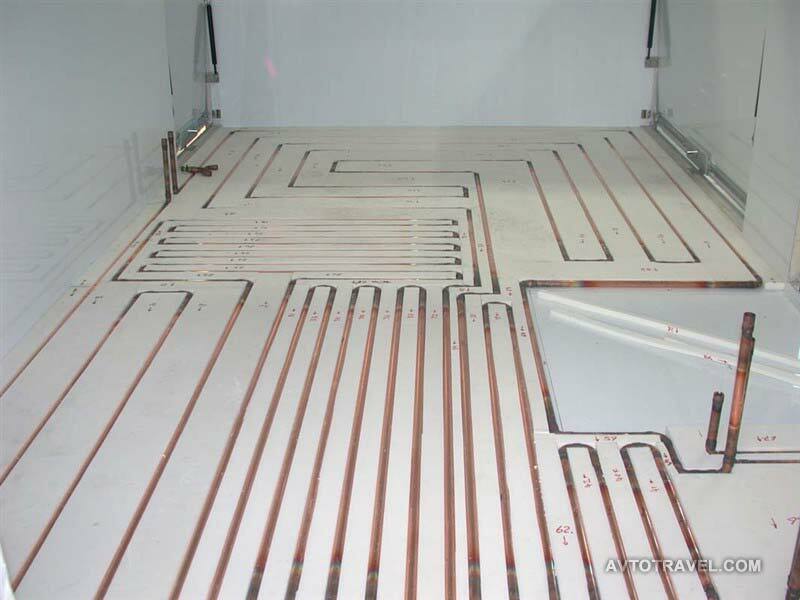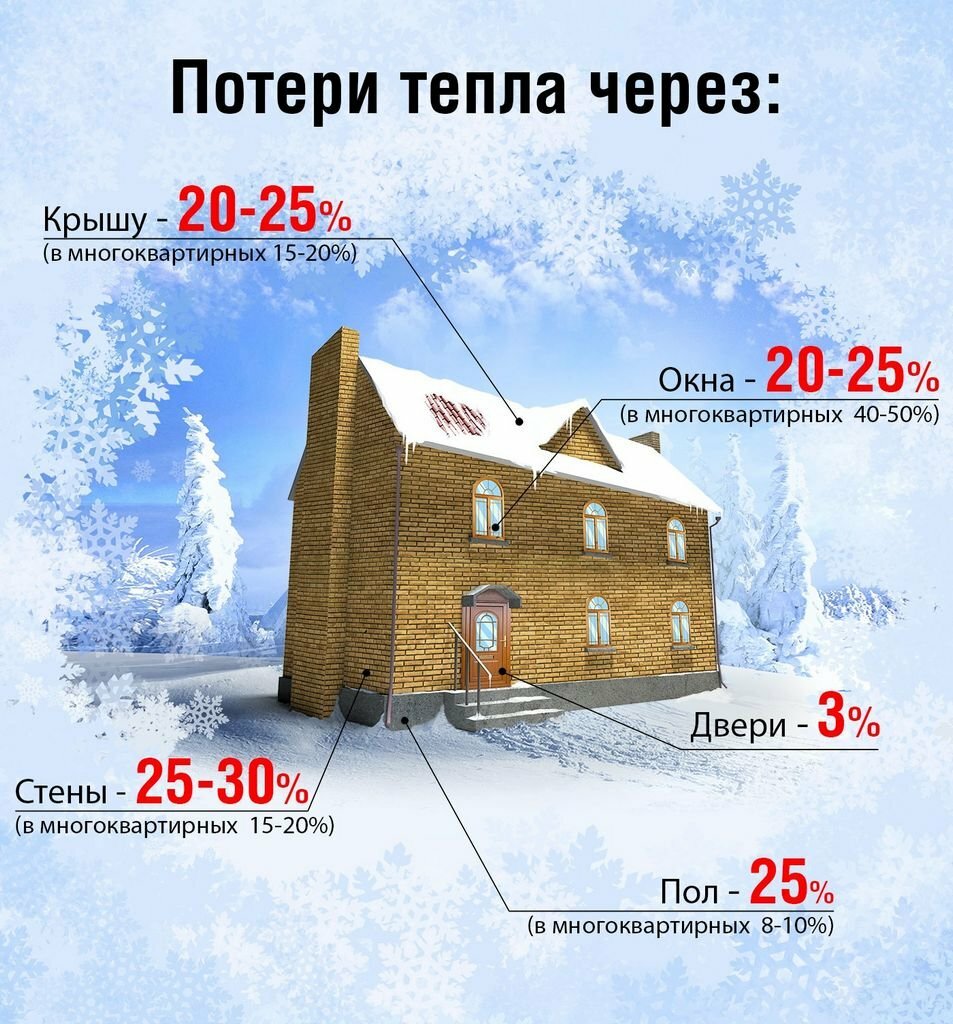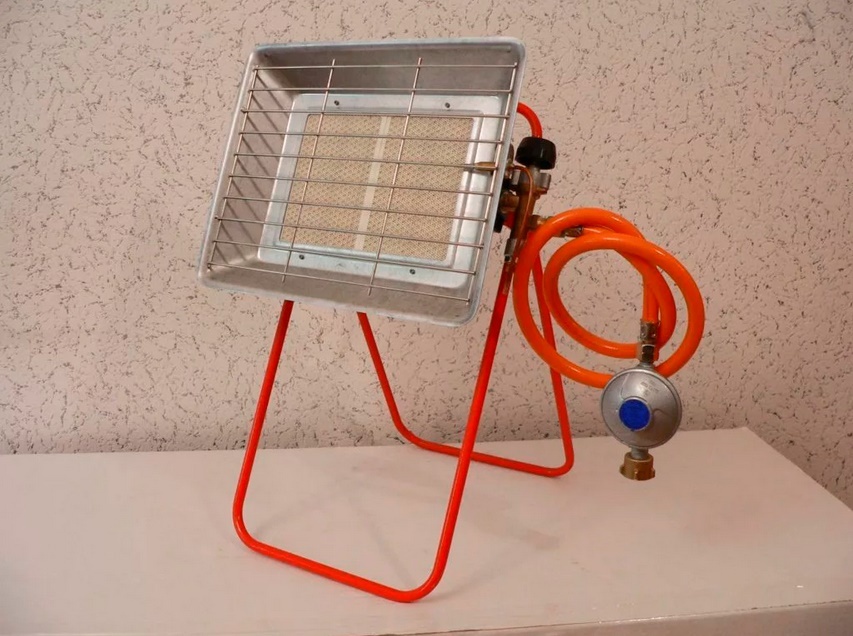For most consumers three-way ball valve ½ looks like a technical gimmick. But more than half a century has passed since the invention of the device. Compared to a conventional valve, the three-way valve is more familiar to the heating design engineer.
If a conventional ball valve can be used to shut off or resume the flow through the pipes, then using a "tee" it is possible to redirect, redistribute the flow, while not creating additional resistance for the pumping pump.
The three-way ball valve is used for flexible balancing of flows of a moving liquid, gas or even a vapor-gas mixture. This can be a division into two streams (and of different intensities) or redirection of part of the liquid along other routes.
The content of the article:
-
What is a ½ inch three-way ball valve
- What you need to pay attention to
- How L-Models Work
- How T-Models Work
- Types of three-way ball valves ½
- Where is the three-way ball valve used ½
- What are the advantages and disadvantages of three-way ball valves ½
What is a ½ inch three-way ball valve
Before using heating systems it is necessary to select the flow rate of hot water through each branch of radiators, underfloor heating system, boiler heat exchanger. This can be done with interchangeable washers or using a ½ ”three-way valve.

What the part consists of:
- Brass body. As with a conventional ball valve, but with an additional threaded connection for a coupling or squeegee. Some models of three-way ball coupling are made of stainless steel.
- A ball with flow holes is located inside the housing - this is the central element for controlling the flow of water. The ball is mounted on an axle and can be rotated through an angle of 90O or 180Oforming a flow path.
- Rotary stem with packing gland, compression nut and rotary handle. The latter also serves as an indicator of the position of the ball element inside the brass body.
- The most vulnerable part is the Teflon or PTFE O-ring.
Budget models may have pure PTFE rings, but quality three-way valves have PTFE-based seals filled with fiberglass or graphite. In the first case, "tees" work under pressure up to 15 atm, water temperature up to 80 ℃. The body is made of brass, resistance to mechanical shock, vibration loads is mediocre.
Composite valves can be operated at pressures up to 20 atm, temperatures up to 120 ℃. The body is made of stainless steel, the rotary stem is always additionally sealed with a PTFE-4 ring.
Three-way cranes of budget and brand quality differ not only in performance. The fluoroplastic seal of the "state employee" is easily erased from micro-particles of rust and sand. At high temperatures, from 90 ℃ and above, the ring loses its original shape, and the ball element is tight.
What kind of heating system is installed in your home?
Air heating.
100%
Electrical system.
0%
I have water.
0%
Voted: 1
What you need to pay attention to
In terms of layout, three-way ball valves are of vertical and horizontal type. In vertical models, the axis of rotation of the control rod coincides with the axis of the central or main branch pipe.
For horizontal models, the stem axis is perpendicular to the centerline of the main entrance. Small models with ½ ”, 1½” inlet are mated to the pipes using a union joint. Large cross-section parts are fastened with flanges.
Functional classification:
- Switching three-way valves. These include models in which the flow path inside the sphere is made in the shape of the letter "L". There are two cylindrical ducts that connect at right angles. This is a switching type of device.
- Dispensing devices. The cavity inside the ball is formed in the shape of the letter "T". The same pair of channels as in the previous case, but one of them crosses the sphere through and through, the second connects to the cavity of the first at a right angle. It is a mixing type of ball valve.
For both types of three-way fittings, the connection is made with threaded collars with a compression nut. For ½ ”models, you can even do without the nut. The left and right threaded nozzles are turned out of the body, it is advisable not to lose the sealing gum. Next, the FUM tape is screwed onto the squeegee thread, the rubber band is returned to its place, the assembly is wrapped back into the body.
How L-Models Work
In a three-way ball valve with an L-shaped flow path, the working medium flows through the central branch pipe. In vertical models, the ball element can be rotated on the stem through an angle of 180O. Thus, the supplied flow, depending on the position of the handle, will be stopped or directed to one of two opposite sides.
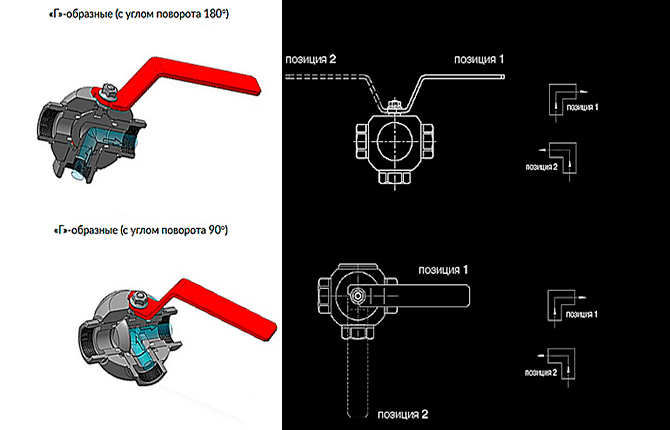
The rotary handle of the vertical three-way valve serves as a kind of indicator showing the direction of the outlet cavity of the ball element. If the handle axis is perpendicular to the entry-exit line, then the L-valve is closed.
For horizontal L-type model, handle rotation is limited to 90O. The flow of water or gas entering the inside of the tap can be redirected in one of the opposite directions.
These three-way valves do not have a closed position. The handle can be positioned parallel to the inlet, the valve will be open, the channel of the ball element will redirect the flow to the left channel. When you turn the handle to the right by 90O the ball will switch the water to the left channel.
Horizontal taps appear to be more durable, but the position of the handle turns out to be uninformative. At the same time, three-way cranes with a vertical axis are inferior in reliability, but more informative.
The handle of a three-way valve should be marked with the letter "L", as well as arrows showing the direction of rotation of the handle.
How T-Models Work
The second option - a three-way ball valve T-type is referred to as distributing or mixing types of devices. The appearance of the T-valve may not differ from the L-type three-way valves. It is often possible to distinguish the valve only by the letter "T" on the handle, therefore, when buying a ball tee, it will be correct to check its operation, the correspondence of switching for different modes.
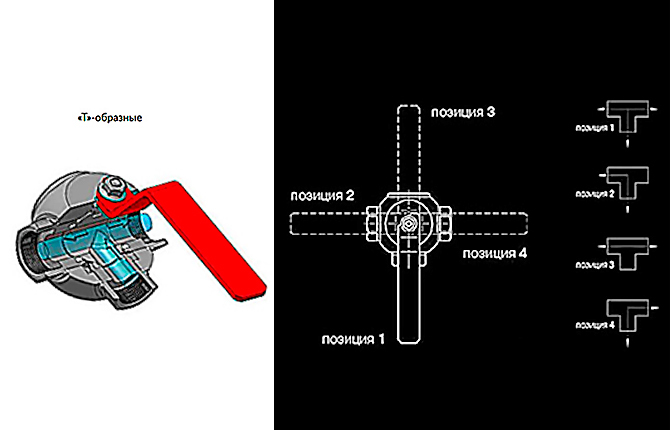
The three-way ball valve T-scheme has four working positions:
- General mixing mode. The water flow from the middle nozzle can be freely split into two parts, redirected to the left and right nozzles;
- Left-hand choke connection mode. The stream flows from the middle branch pipe only to the left branch pipe;
- Linear flow mode from left to right choke, no turns. The third channel in the spherical element is blocked by a "blank" wall of the body;
- Flow redirection mode from the middle branch pipe to the right cavity.
The reverse scheme of work is also possible.
The flows meet inside the ball element of the T-valve, and the direction of movement of the total flow will depend on the pressure in each of the cavities. In general, the three-way T-valve is considered more versatile. But for high pressures and water flow, the use of three-way T-pattern is undesirable, especially small sizes of ½ or ¾ inch.
Types of three-way ball valves ½
Manual control of the position of the ball element is usually used only for the initial balancing of heating systems. It is inconvenient to constantly tighten the valves, therefore, on the basis of ½ inch ball three-way valves, several automatic and semi-automatic models have been developed that work without human intervention.
For example, a mechanical ball valve mixer that maintains the water temperature of the main hot stream by adding cold water from an additional branch pipe.

Cast sanitary brass body. On the axis of the rod there is a platform with a handle, inside which a bimetallic plate is rolled. It is possible to adjust the temperature of the three-way valve. It is used in faucets of shower cabins, in automatic devices for cutting off boiled water in a non-electric water heater.
For heating systems, a three-way ball valve with an electric drive is often used.
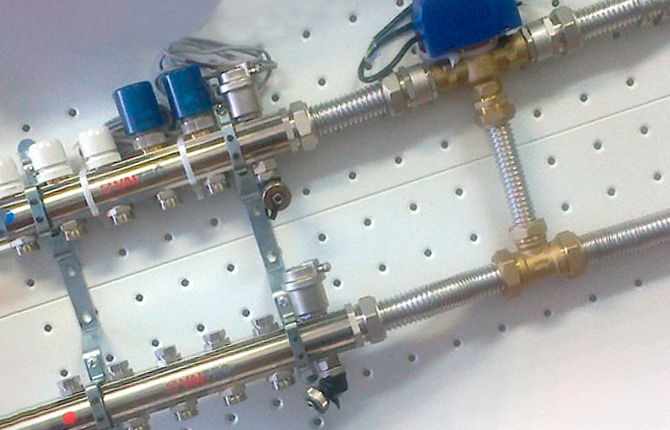
Moreover, the hydraulic part, a body with a ball insert, is used from a conventional three-way valve by ½ or ¾ inch. The handle is removed, a motor with a gearbox is attached to the rod. The tap is operated by a water temperature control machine.
Where is the three-way ball valve used ½
The three-way valve is used mainly in heating and hot water supply systems. For example, when installing a bypass on one of the radiator lines in a private house. You can argue about the schemes for the implementation of the bypass, but in this case the ball valve is great for blocking and redirecting hot water.
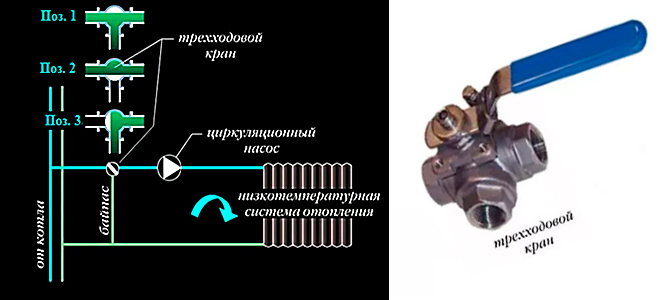
The bottom line is to temporarily turn off radiators in unheated or non-residential areas. The system must have a circulation pump, otherwise the batteries can be defrosted.
Often, home owners do not completely close the three-way tap, believing that a small amount of heat in the radiators of an unheated room will prevent the system from defrosting. Accordingly, the circulation pump can be dispensed with.
This is not quite the right decision for two reasons:
- If the tap is not closed, most of the heat will be lost on the very first heating radiator. The rest will stay cold.
- Even with a fully closed three-way L-tap, a small amount of warm water will penetrate into the disconnected heating circuit due to leaks. But in this position, the PTFE seals will be reliably protected from erosion.
The circulation pump at low speeds will accelerate the water and prevent it from freezing in the radiator, regardless of their amount in the room.
Three-way taps are also used in hot water supply systems in cases where a water heater is also connected to the pipe.
The ball three-way valve is often used to regulate the amount of energy delivered by the boiler to water heated floor. Typically, underfloor heating heats the floor faster than the air in the room. Therefore, the hot coolant in the floor pipes is deliberately cooled by mixing in a small amount of water from the return line.
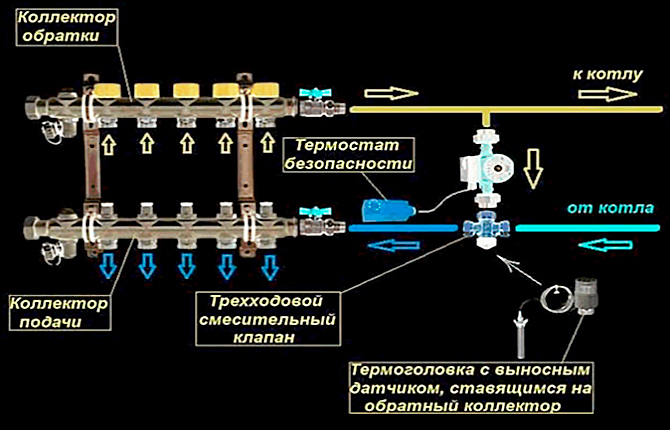
The process is realized using a three-way ball valve with a temperature sensor.
What are the advantages and disadvantages of three-way ball valves ½
If the three-way ball valve serves for a long time, then it makes sense to look at the condition and degree of contamination of the ball. Dirt, rust residues in the water can be enough to damage the chrome surface.
Most of the balls of budget three-way valves are made of low alloy steel with a chrome plated finish. Already after a year of operation, chrome peels off, and sharp surfaces, like a knife, cut off soft fluoroplastic.
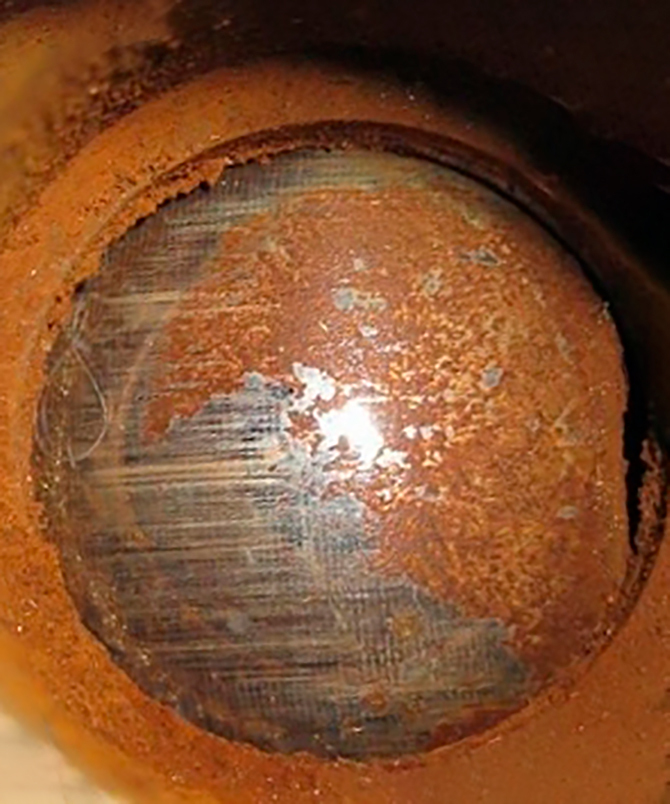
Damage to the seal will result in increased leakage through the tee ball valve. If according to GOST 10944 for a new three-way valve of ½ inch, a leak of up to 20 cm is allowed3 per minute at 15 atm, then without a filter for a year, the leak can triple. Therefore, any ball valve, and even more so the size of ½ ", must be operated in a heating system with a mud filter.
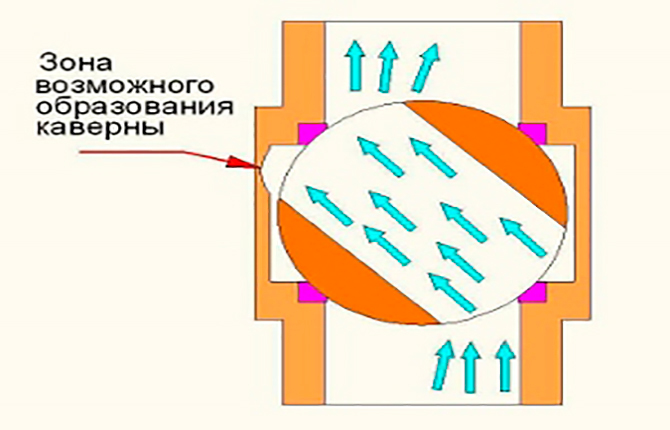
The brass body three-way ball valve must not be left in an unopened, intermediate position. In this case, due to the sharp edge, a cavitation zone appears on the ball, which destroys the material of the body. In theory, it is impossible to regulate the water flow rate with a three-way tap. If the situation is hopeless, then it is better to use tees with a stainless steel body or better bronze.
The design of the ½ three-way ball valve is simple, reliable, and does not require special maintenance. In working position, it does not create additional resistance to water flow. Budget models serve for 10-15 years. Branded ones, if properly installed, can last up to 50 years.
Three-way ball valve review: video
How long did the tee faucet last in your home? What problems with service were there and how did you get out of the difficult situation? Write about your experience in the comments. Bookmark this article so that useful information is always at hand.
